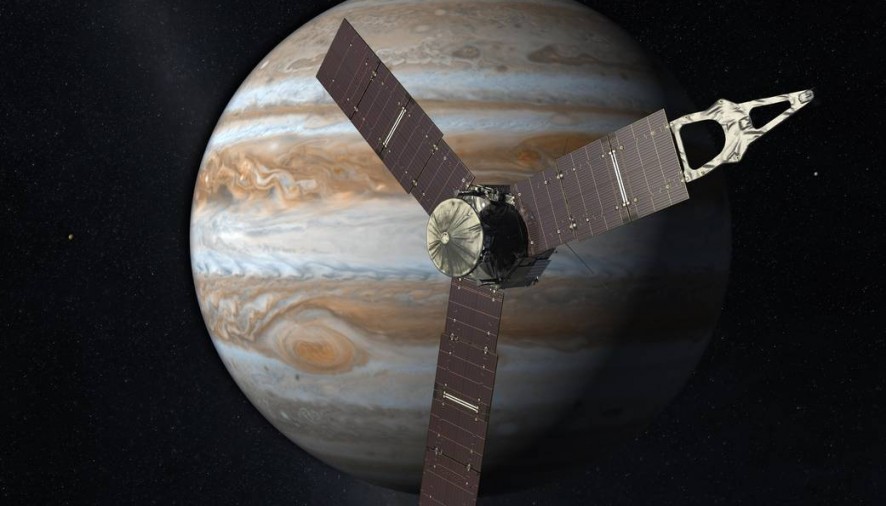- Scientists from the University of California have been pondering the question of whether future Martian explorers will be able to remember any of it. After considering a phenomenon called “space brain”, the scientists have found that exposure to high energy charged particles – like those found in cosmic rays- could cause long term brain damage resulting in cognitive impairment and dementia.
- Research from Cornell University suggests that, as a consequence of the warming Earth, the chance of a megadrought (lasting more than 35 years) in the American Southwest has risen to a 20 to 50% chance in this century. By working to reduce greenhouse emissions, these chances can be cut in half. “Megadroughts are rare events, occurring only once or twice each millennium. In earlier work, we showed that climate change boosts the chances of a megadrought, but in this paper we investigated how cutting fossil fuel emissions reduces this risk,” said lead researcher Toby Ault.
- Using data from 10 years of medical tests with over 2,700 patients, researchers at Johns Hopkins Medicine have concluded that calcium supplements may raise the risk of plaque build-up in arteries and lead to heart damage. A diet in calcium-rich foods seems to protect from such risks. This research adds to growing concerns over the use of supplements and the researchers urge people to seek medical advice before using supplements.
- Just when you think you may have seen it all, new research from the University of Cambridge has revealed that mice court each other with ultrasonic love songs that are inaudible to the human ear. The study has revealed that the mice produce these high frequency sounds in a mechanism that was previously only seen in supersonic jet engines. The mice point a small jet of air from the windpipe against the inner wall of their larynx thereby using resonance to produce this unique sound.
- As the Juno spacecraft made its first orbit around Jupiter it recorded radio emissions from the planet’s huge aurorae at a distance of 2,600 miles above the planet. After converting these emission recordings into sound files, the team described the sounds as “haunting”. This research will help to understand how Jupiter has such an energetic atmosphere and how charged particles are accelerated to form the energetic phenomena.
Sam McMaster
Science Editor
(Image courtesy of NASA/JPL)

